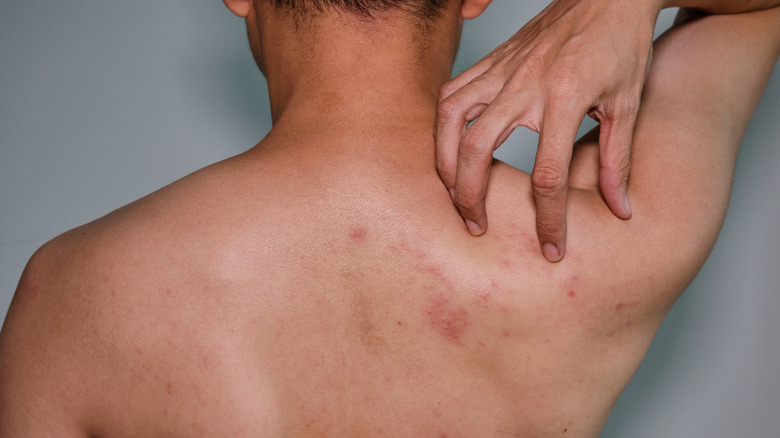Like many a morning recently, last Saturday I started my day jogging, delivering brochures and listening to an audiobook, all at once. I’ve found this to be quite the winning combination. But I had to get home quickly because we were due to go to the Australian Open. Running late, when I got home, I forgot to rehydrate. Within 10 minutes, I was jumping in the car and off to the station to catch the train into Richmond.
The Australian Open – was PACKED. Later I heard it described as the biggest crowd on record, and it felt that way and some. Fortunately, we played a straight bat and headed well ahead of start time directly to Kia Arena to watch the Tsitsipas brothers play doubles. Stefanos and Petros. That’s who we were going for anyway. They got up here and there, valiant throughout, Tsitsipas, Tsitsipas. But in the end, three sets later, it wasn’t to be.
But this story ain’t about the tennis at all. It’s about how I got one of the biggest headaches I’ve ever had in my life, just between my eyes and as I sat in the sun, then shade, looking at the brothers, my head pounded as I controlled my mounting feeling of nausea. I tried massaging my face, forehead, between my eyes. It helped for a fleeting moment and then promptly back it came – a sledgehammer banging on my face, seemingly smashing my brain to a pulp.
The match ended; we headed out to get something to eat. Wherever had the shortest queue was on the menu. Butter chicken and curried chips – done. Nowhere to sit, fine, let’s head to the grass. I had a few chips, drunk as much water as I could wishfully, remorsefully, in vain. Then found myself rolling on the grass trying to find some position, some gravity that would help me. Needless to say, I didn’t feel like eating at all which is really not me. I love my food!
Damn what is this? Dehydration? Sinus congestion? A migraine? Just go away!
Reluctantly, I threw in my tennis towel, “I gotta go home” I said. And so, my youngest daughter, Liv, nice as she is, said “I’ll come with you Dad”. I said my quick farewell to the rest of the brood and via a bee line checked out. We took our time walking back to Richmond station and when we finally boarded the train, the only reprieve I could muster was to lay my head on my daughter’s and try my best to fall asleep. Which, as a blessing, I did. Liv, I hope I didn’t drool. Sorry if I did.
Soon enough it was time to alight. I don’t think I’ve ever walked so slowly. I had to ask her to slow down for me several times. She did, and held my hand. I got to the car, drove home, slammed down a couple of Panadols, closed the blinds and went to bed. Forever. When the rest of the family got home, they checked on me to make sure I hadn’t had a stroke. Thankfully not.
Now, I’m not someone to get sick, rather, allow myself to get sick. As many a business owner would tell you, you can’t. And it works out like that. But last weekend, I was sick. Very sick, and I couldn’t seem to do any damned thing to make it go away. Except, finally, going to bed.
I went to a funeral recently, a colleague of mine. She was my age. May she rest in peace. It hit home hard to me that sometimes, you just get dealt a bad hand with health. And it sucks real bad. And sometimes, as they say, death takes lambs as well as sheep. Sure, we talk about preventative health, and I believe in that as much I believe in anything, heck I’ve dedicated much of my life to spreading that very message. But the flip side of that when it comes to health is luck, and sometimes it can be bad.
So, spare a thought for all of those people out there right now, who’ve gotten a bad hand. Who often make the best of things, and try their best to go about their business, but it can be tough.
At the end of the day, I don’t want to be condescending here, I just had a very bad headache, one. I know patients who tell they have migraines most days. How that must be, I can’t even quite imagine. Who holds their hand? Everyday.
Stop, and think of all those people out there who have been dealt a bad hand with health. And if you meet them, help them. Slow down. Hold their hand. You just never know when you’ll need someone to do the same for you.
Tread lightly.




